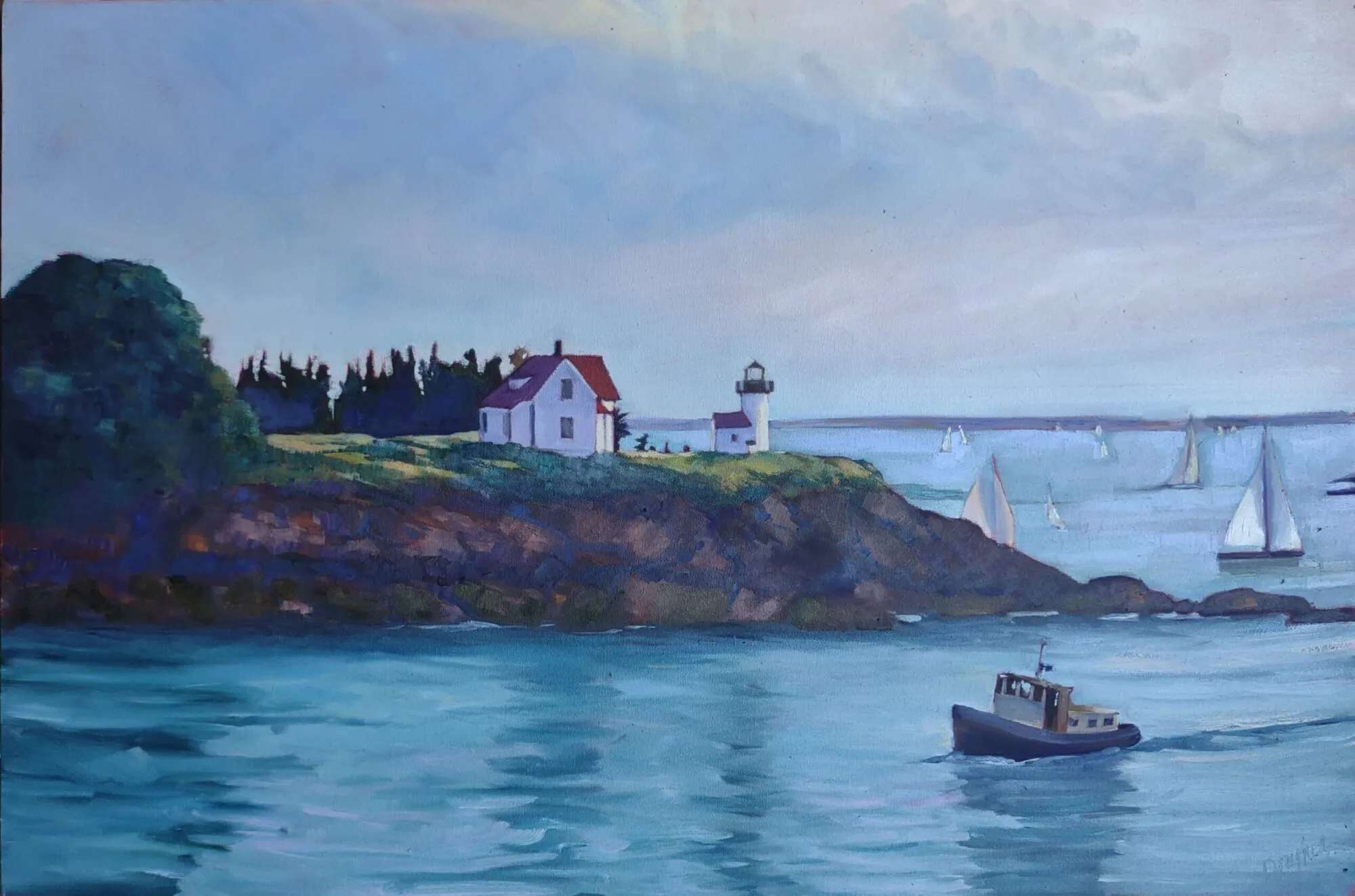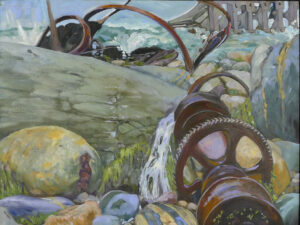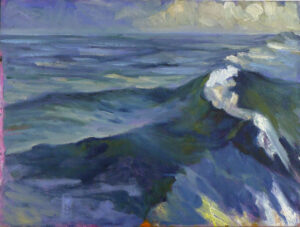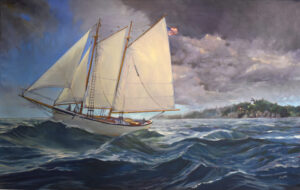This is a cautionary tale for autodidacts (people who teach themselves). As a group we are highly self-disciplined, curious, stubborn and creative, but we can also waste a lot of time and effort on rabbit trails.
The advent of social media was a great time for people like us to start marketing online, because nobody really ‘knew’ how to do it. But there were traditional ideas of marketing that would have been helpful. One of these was the so-called funnel. This is the path that a customer takes from first hearing your name to making a purchase. It includes the following steps:
- Awareness
- Interest
- Consideration
- Intent
- Purchase
Now you know more about the funnel than I ever did. I knew that marketers made big efforts to get people to sign up for their blogs and websites. Why bother, I asked myself. This blog has a high readership through its exposure on social media. (There’s that autodidact thing manifesting itself; we’re good at coming up with new ways of doing old things.)
It’s becoming increasingly apparent that social media sites like Twitter and Facebook are not disinterested forums that can be used by little parasites like me. Emailing my blog directly, instead of relying on social media, would have been a Very Good Idea after all. *
What does this have to do with painting?
I learned to paint from my father. He was born in 1924, and learned to paint before World War 2. His teaching model was less lecture and more letting me tag along with him while he drew and painted.
Later, I took classes at the Art Students League. I was shocked at what Cornelia Foss told me after she saw my first effort in her class.
“If this was 1950, I’d say ‘brava’, but it’s not.” She then proceeded to tear apart my technique and replace it with something more up-to-date.
It wasn’t just obsolete; it was in many ways bad. From Kristin Zimmermann, I learned about pigments. Somewhere along the line, I dropped the soup of turpentine that I’d been stewing my paintings in, turning them all a milky grey. And I learned how to draw the human figure with academic accuracy.
That’s not to say that everything I ever taught myself was bad; in fact, because I’m a voracious reader much of it was good. But I wasted many years on bad technique because I was too proud to ask for help.

Ralph Albert Blakelock was a celebrated painter of his day, achieving the highest price for a living American painter in 1916 with a version of Moonlight, above. His is a tragic story of celebrity, mental illness, abuse and swindle. Blakelock was largely self-taught. Being that kind of creative thinker, he would tinker with the processes of painting. He often mixed bitumen and varnish for rich depth of color in his thick, uneven paint. That has proved to be a conservation disaster, so when we look at his paintings today, we aren’t seeing what he laid down. In fact, in most of them tonalism has been replaced by something grubby and dark.
Autodidacts, it doesn’t hurt to ask for help occasionally.
*You can sign up for my newsletter, by the way, in the little box on the right. And it might be wise to ‘whitelist’ me; I lost Bruce McMillan’s wonderful newsletter for a while because gmail sent it to my spam folder.
My 2024 workshops:
- Sea & Sky at Schoodic, August 4-9, 2024.
- Find your authentic voice in plein air: Berkshires, August 12-16, 2024.
- Art and Adventure at Sea: Paint Aboard Schooner American Eagle, September 15-19, 2024.
- Immersive In-Person Workshop: Rockport, ME, October 7-11, 2024.




